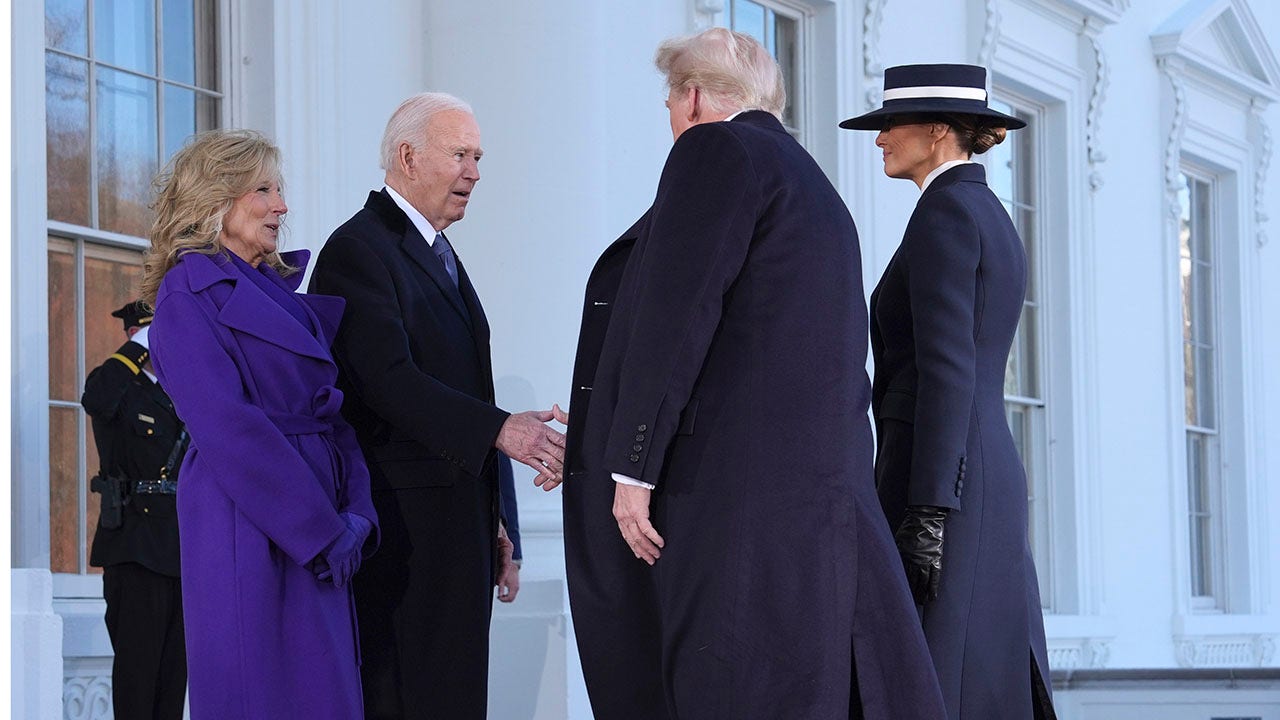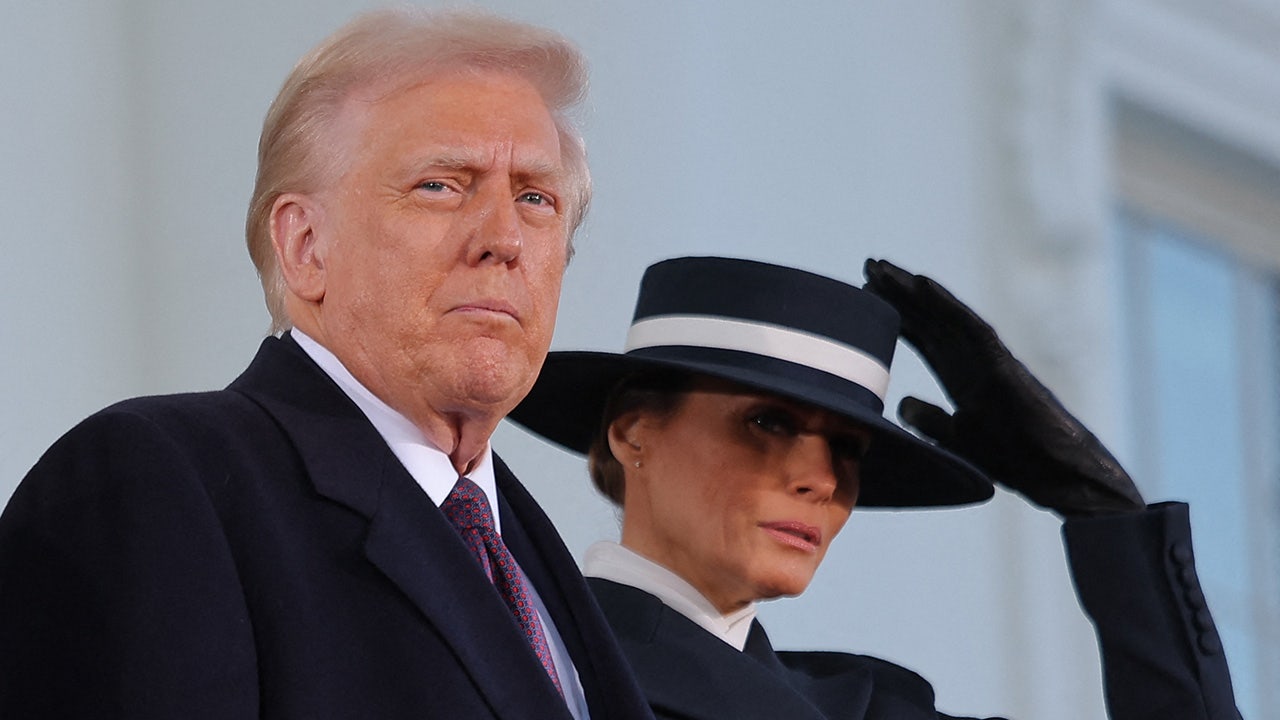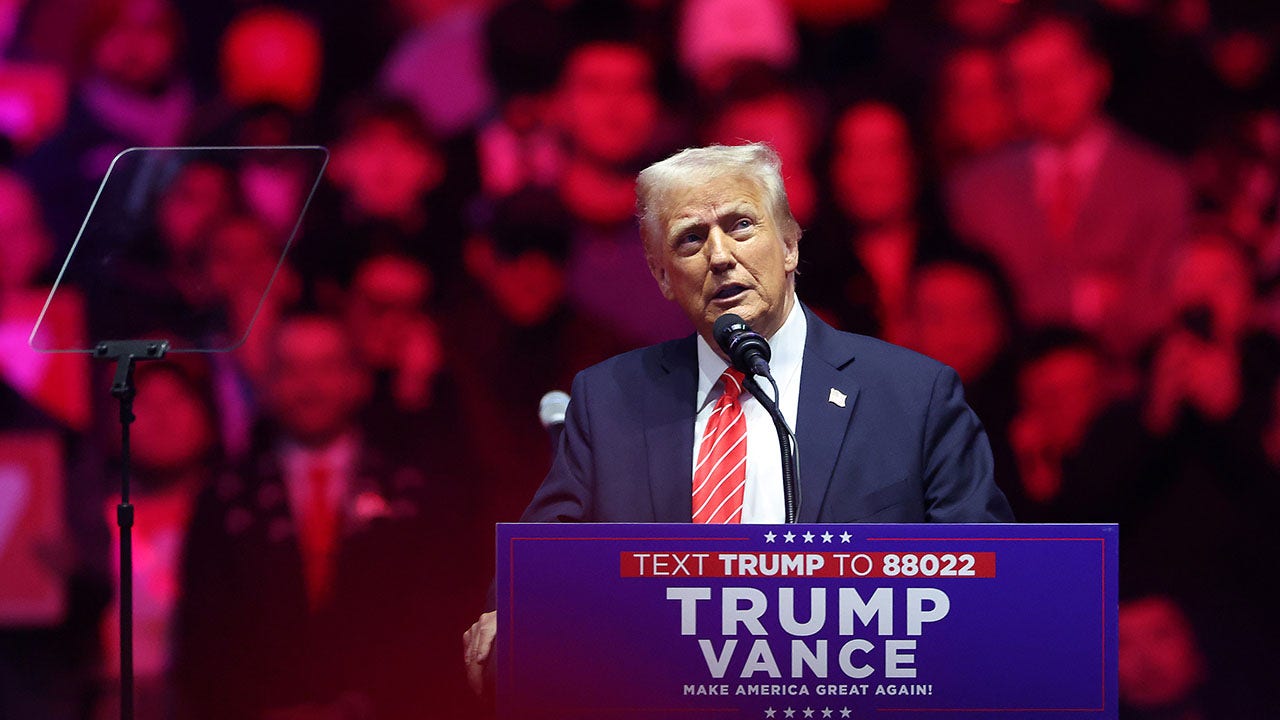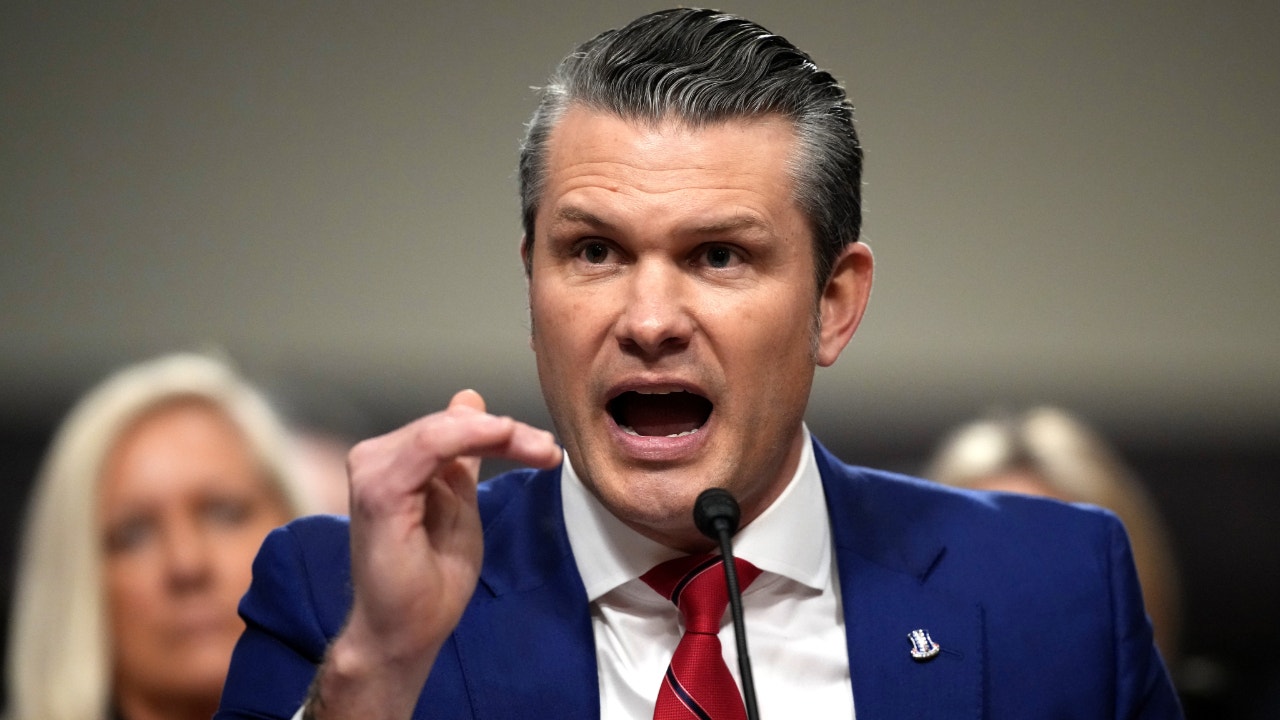In yet another cringe-inducing moment from President Joe Biden, this one occurring late in the evening on Tuesday, January 14, he appeared to totally forget what he was doing while signed a bill into law, asking what he had to fill in on the form and what his staff would do for him as he signed it. As could be expected, the moment led to immense criticism and commentary online.
The matter at hand was the establishment of the Chuckwalla National Monument and the Sáttítla Highlands National Monument, both of them in California and encompassing beautiful natural environments. Biden, however, somewhat ruined the moment by looking like he didn’t know what was going on as he created the monuments.
Commenting on the incident and posting a clip of Biden asking what to do while signing the proclamations creating the national monuments, the RNC Research X account wrote, “Biden has no idea where he is or what he’s doing as he signs a new national monument into law: “I gotta fill this in?” Fewer than six days until this disgraceful chapter in American history mercifully comes to an end.”
On much the same note, and posting the same clip while providing a somewhat larger bit of the embarrassing dialogue, conservative X personality Nick Sortor said, “🚨 NOW: Joe Biden FORGETS how to sign a bill into law, after 50 YEARS in political power. “I gotta fill this in? Uhhh… you guys will fill in the date, right?” This national embarrassment ends in 5 days!”
Also chiming in was the Johnny MAGA X account, which posted the same clip as the others and noted that Biden doesn’t seem to know what he was doing despite his years ostensibly at the helm, saying, “Biden’s been “President” for 4 years and he’s sitting there with no clue what he’s signing: “I gotta fill this in?” This nightmare ends in 6 days.” Watch the incident here:
Explaining the Chuckwalla National Monument in a press release, the Biden White House said, “In southeastern California, where the Mojave and Colorado Deserts intersect, ancient trails weave through a land of canyon-carved mountain ranges bound together by radiating alluvial bajadas and dark tendrils of dry wash woodlands. Sharing a name with the wide-bodied lizard that is commonly found here and derived from the Cahuilla word “čáxwal,” the Chuckwalla region is a place of wonder that lies within the traditional homelands of the Iviatim (Cahuilla), Nüwü (Chemehuevi), Pipa Aha Macav (Mojave), Kwatsáan (Quechan), Maara’yam and Marringayam (Serrano), and other Indigenous peoples. It is imbued with religious, spiritual, historic, and cultural significance for Tribal Nations that trace their origins to these lands. The area contains an abundance of artifacts attesting to its connection to diverse human communities over thousands of years. The region’s mosaic of habitats is also home to a remarkable array of plant and animal species. The dramatic contortions of its mountain ranges embody a fundamental story about the shaping of our world that scientists are still learning to decipher. The cultural, geologic, and ecological resources on Federal lands in the Chuckwalla region will continue to inspire and fascinate people and provide a scientific research trove for generations to come.”
Concluding after describing all the different parts of the National Monument, the statement said, “Protecting the Chuckwalla region will preserve an important spiritual, cultural, prehistoric, and historic legacy and protect places inscribed with history for future generations; maintain a diverse array of natural and scientific resources; and help ensure that the prehistoric, historic, and scientific resources and values of the region endure for the benefit of all Americans. As described above, the region contains numerous objects of historic and scientific interest, and it provides exceptional outdoor recreational opportunities, including hiking, camping, backpacking, rockhounding, sightseeing, nature study, birding, horseback riding, hunting, climbing, mountain biking, and motorized recreation, all of which are important to the travel- and tourism-based economy of the region.”
Explaining the Sáttítla Highlands National Monument in another press release, the administration said, “In northern California, the awe-inspiring geological wonders collectively described here as the Sáttítla Highlands have framed the homelands of Indigenous communities and cultures for millennia, and today this area continues to cradle historic and scientific treasures of our Nation. At this area’s core rests a sleeping giant: the Medicine Lake Volcano. This massive volcano — one of the two largest volcanos in the Cascades Volcanic Arc — covers an expanse roughly 10 times that of Mount St. Helens, Washington. “Medicine Lake,” as labeled in English on some maps since approximately 1890, is found within the summit caldera of the volcano for which it is named. Far earlier and through the present day, however, these stunning and unusual lands have been known as “Sáttítla” in the Ajumawi language, which translates to “obsidian place.” Sáttítla’s obsidian deposits formed by the volcano have long been important to Indigenous peoples, as shown by obsidian tools and sites they left here from their lives and travels. The Sáttítla Highlands area as described here includes parts of the Modoc, Shasta-Trinity, and Klamath National Forests, and stretches from Sharp Mountain, Wild Horse Mountain, and Little Horse Peak in the west, to Cougar Butte, Glass Mountain, and Border Mountain in the east, and to encompass the cinder cones known as Porcupine Butte, Timber Hill, Snag Hill, and Powder Hill in the south.”
It concluded by noting, “Protection of Sáttítla will conserve the diverse array of cultural, precontact, historic, natural, and scientific resources — that the volcano at its core has shaped — for the benefit of all Americans. It is vital to preserve this unique geologic landscape that holds sites and objects of historical, traditional, cultural, and spiritual significance for Tribal Nations and Indigenous peoples who have gathered Indigenous Knowledge and practiced and shaped their cultures linked integrally to this area over countless generations. In addition to containing numerous objects of historic and scientific interest as described above, this area also provides exceptional outdoor recreational opportunities, including hiking, biking, snowmobiling, camping, hunting, scenic driving, and canoeing.”
Featured image credit: screengrab from the embedded video
"*" indicates required fields

 By The American Tribune | Created at 2025-01-17 14:22:30 | Updated at 2025-01-20 16:59:43
5 days ago
By The American Tribune | Created at 2025-01-17 14:22:30 | Updated at 2025-01-20 16:59:43
5 days ago








